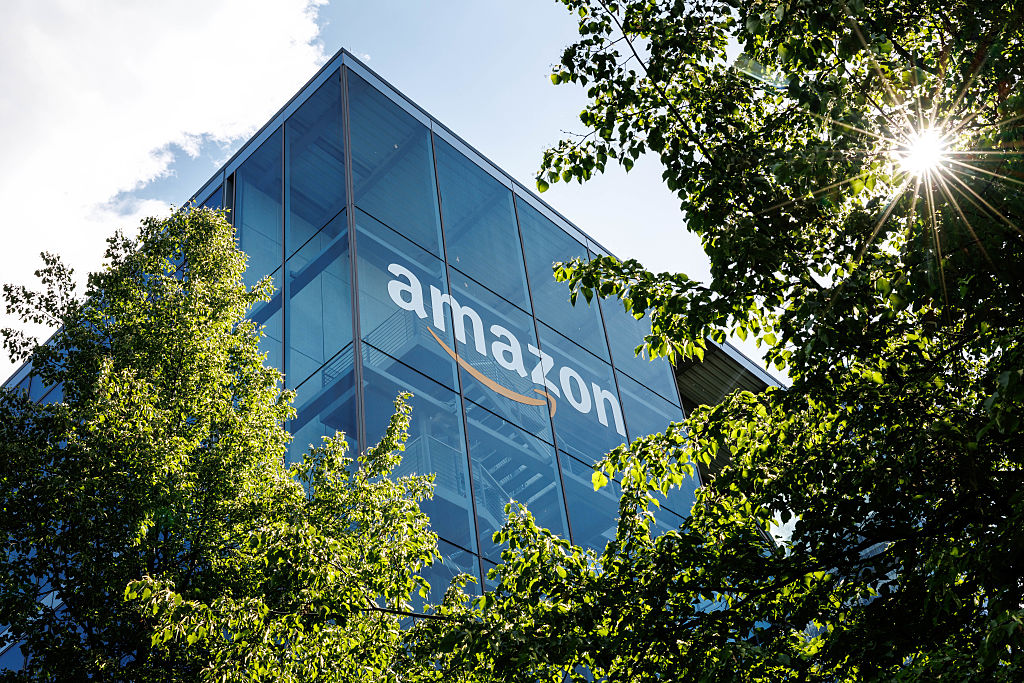

Tech giant Amazon plans to launch a new group within its consumer product division that will focus on agentic AI.
Amazon announced this new research and development group at an event on Wednesday, according to reporting from CNBC. This group will be based out of Lab126, Amazon’s hardware R&D division that is behind tech including the Amazon Echo and the Kindle.
The reason this agentic AI group is likely based at a hardware R&D center is that Amazon hopes this group will develop an agentic AI framework to use in the company’s robotics efforts and to give the company’s warehouse robots more skills.
TechCrunch reached out to Amazon for more information.
Keep reading the article on Tech Crunch

Collibra, a data governance platform based in Brussels, is the latest enterprise to acquire a data company in order to expand its offerings in the age of AI.
On Thursday, Collibra announced its acquisition Raito, a data access startup founded in 2021. Raito, also located in Brussels, helps companies manage which employees and customers have access to internal data.
Collibra declined to comment on the terms of the deal. Raito previously raised $4 million in venture funding from investors, including Dawn Capital, Crane Venture Partners, and Collibra itself.
Collibra founder and CEO Felix Van de Maele told TechCrunch that while managing data access is not a new problem for enterprises, it is becoming a bigger headache for data teams as more departments seek access for AI agents and workflow automation.
“We heard from our customers and large organizations that managing data access at scale has become a really big problem,” Van de Maele said. “That’s why the traditional approaches just don’t scale anymore. They’re too brittle. They’re manual workflows, [based on] static policies.”
Van de Maele added that Collibra already has a similar product, Collibra Protect, that touches on these access controls but is primarily focused on keeping data private. Raito’s tech will help Collibra bolster and automate that offering.
Raito isn’t the only company focused on data access. Legacy enterprises like SailPoint and SecureAuth are just a few of the companies also offering data access tools. Van de Maele said buying Raito was the right choice for the company, as opposed to partnering with a legacy player, because Raito is cloud-native and built for the current AI moment.
That Raito was founded by former Collibra employees didn’t hurt either.
“We also [were] looking for teams that want to continue to build, right? It’s not the end for this,” Van de Maele said. “It is just really the beginning of this journey.”
This is just the latest acquisition of a data company aimed at addressing a data governance void as companies look to shore up their stack to adapt to AI innovation. Last week, Salesforce announced its intent to acquire Informatica for the same reason. Earlier in May, both Alation and ServiceNow made similar acquisitions.
Van de Maele added that advancements in AI have made people realize just how fragmented their data stacks have become, as many players had flooded the market over the last decade with single-point data solutions.
“That fragmentation of governance . . .has really become a big problem, and so that’s why we were excited to kind of acquire Raito and really make it part of Collibra, our unified governance platform for data and AI,” Van de Maele said.
Collibra was founded in 2008 as an early player to the data governance sector. The company has since raised nearly $600 million in venture capital from firms including Index Ventures, Sequoia and Tiger Global, among others. The company works with enterprises that include Heineken, Credit Suisse, and SAP.
Keep reading the article on Tech Crunch

AMD’s latest acquisition could help reduce Nvidia’s market dominance when it comes to AI hardware.
Semiconductor giant AMD on Wednesday announced it acquired AI software optimization startup Brium. Terms of the deal were not disclosed.
Brium is a startup that appears to be in stealth mode. The startup builds machine learning applications to enable AI inference, the process a trained AI model uses to draw conclusions from new data, across a variety of different hardware options, according to a blog post on Brium’s bare-bones website.
Cutting through that jargon a bit, Brium can help retrofit AI software to work with different AI hardware than it might have been designed for originally.
In a press release, AMD said its acquisition of Brium will help its commitment to “building a high-performance, open AI software ecosystem that empowers developers and drives innovation.”
While AMD is saying that this acquisition helps create a more open AI ecosystem, which isn’t wrong, it seems clear that it’s also meant to help AMD overcome one of its biggest roadblocks: a large percentage of AI software is being designed for Nvidia hardware and chips.
Brium’s sole blog post, which came out in November 2024, talked about the industry’s reliance on Nvidia and called out AMD specifically.
“In recent years, the hardware industry has made strides towards providing viable alternatives to Nvidia hardware for server-side inference,” the blog post reads. “Solutions such as AMD’s Instinct GPUs offer strong performance characteristics, but it remains a challenge to harness that performance in practice as workloads are typically tuned extensively with Nvidia GPUs in mind. At Brium, we intend to enable efficient [model] inference across a range of hardware architectures.”
This is AMD’s fourth strategic acquisition in the past two years, with the company’s goal being to foster an open source AI ecosystem, according to the press release. The company previously acquired Silo AI (in July 2024), Nod.AI (October 2023), and Mipsology (August 2023).
TechCrunch has reached out to AMD for more information.
Keep reading the article on Tech Crunch